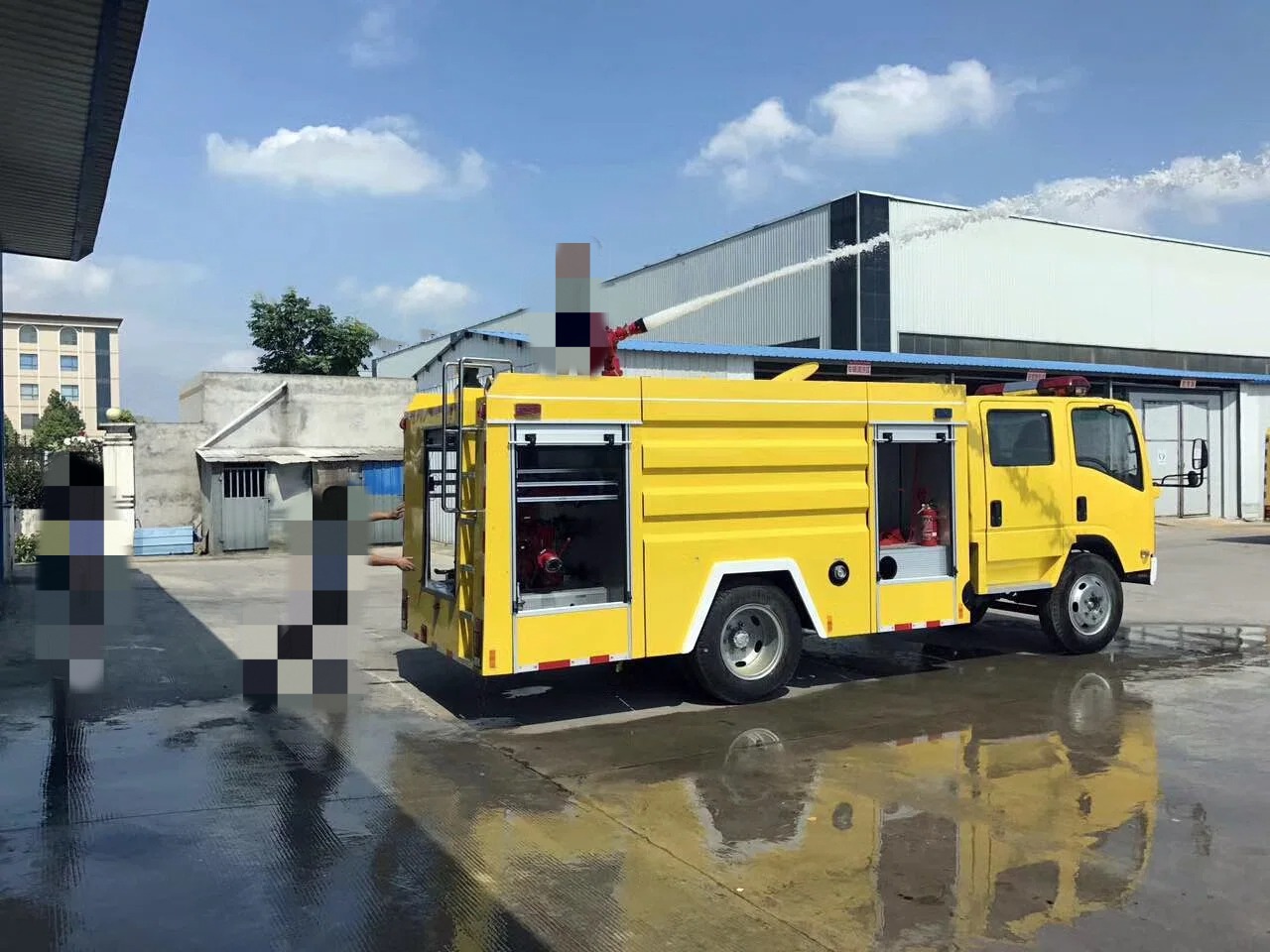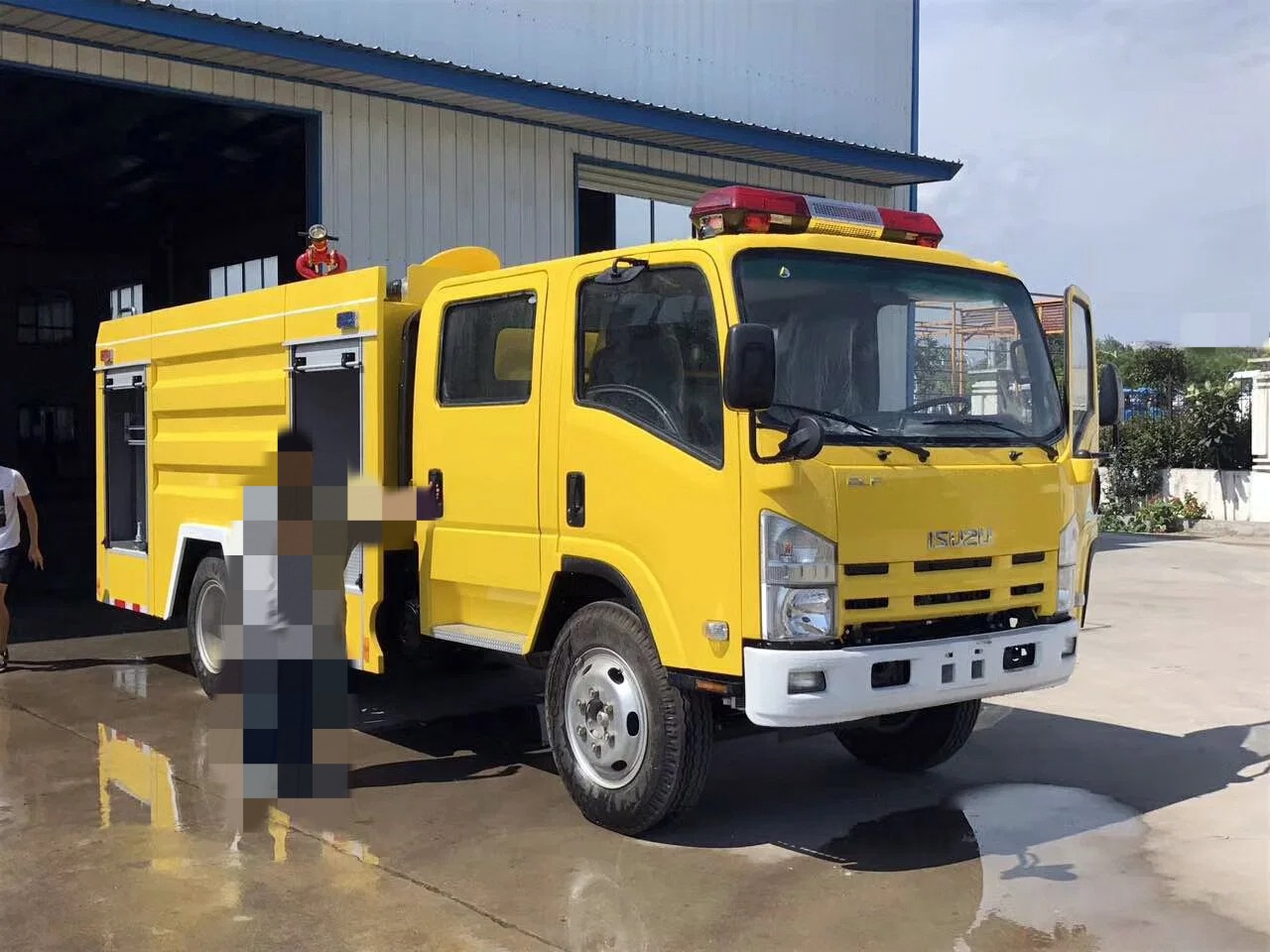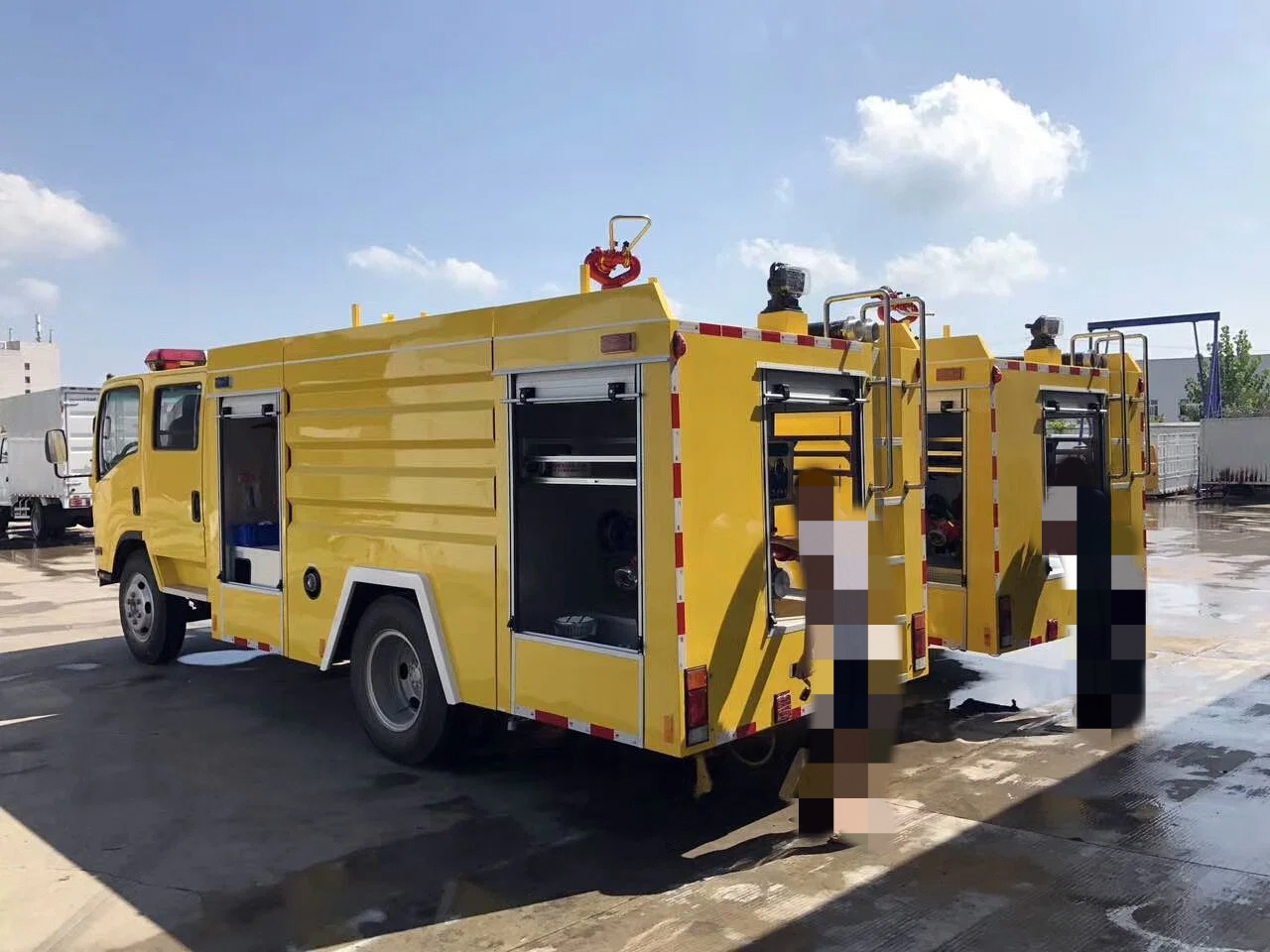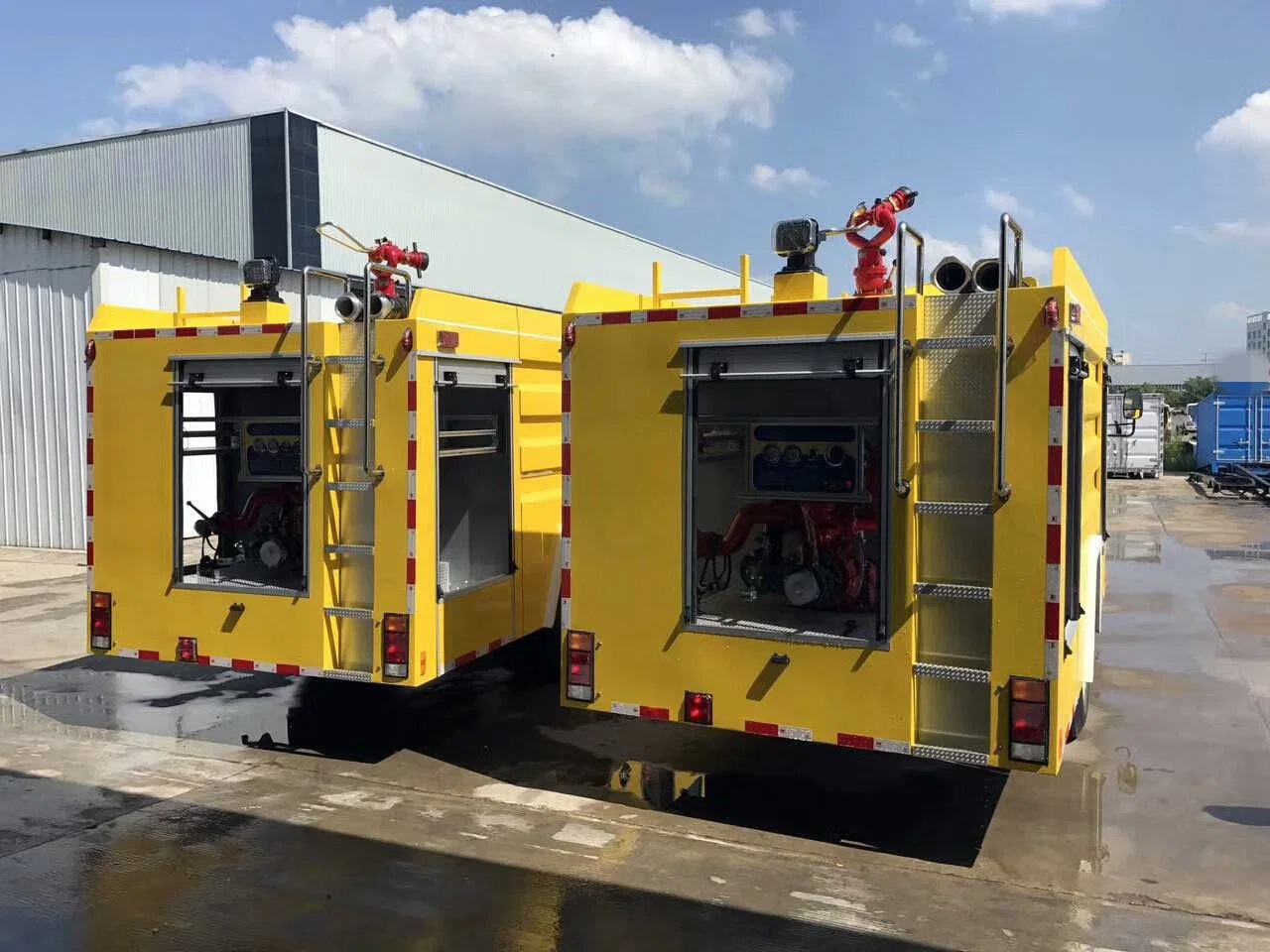With their blazing sirens and heroic presence, fire trucks are an iconic symbol of emergency response worldwide. Among the myriad colors these vehicles can be painted, 2 stand out prominently: yellow and red. While both serve the critical purpose of firefighting and rescue, their differences extend beyond mere aesthetics, influencing safety, functionality, and operational strategies.
Historical Context and Aesthetic Appeal
Traditionally, red has been the dominant color for fire trucks. The vibrant hue not only symbolizes urgency and emergency but also enhances visibility in dense urban environments. Red fire trucks evoke a sense of tradition and reliability, often associated with bravery and quick response.
In contrast, yellow fire trucks have gained popularity more recently, especially in certain regions or departments. The shift towards yellow reflects a modern approach to visibility and safety. Yellow is highly conspicuous, standing out vividly in various lighting conditions and environments. This color choice is particularly favored in rural areas or places with heavy fog or snowfall, where visibility challenges are more pronounced.

Safety and Visibility
The primary consideration in choosing between yellow and red fire trucks revolves around safety, specifically visibility during emergencies. Red remains a classic choice due to its high contrast against typical urban backgrounds. This color scheme ensures that fire trucks are easily noticeable amidst traffic and other obstacles, crucial for swift navigation through crowded streets.
On the other hand, yellow offers enhanced visibility under diverse circumstances. Its brightness makes it easier to spot from a distance, which can be advantageous in scenarios where early detection of emergency vehicles is critical. This feature is particularly beneficial in rural settings or during adverse weather conditions when visibility is compromised.
Functional Differences and Operational Impact
Beyond aesthetics and visibility, the choice between yellow and red fire trucks can impact operational effectiveness. Fire departments must consider various operational factors when selecting the color scheme that best suits their needs.
Red fire trucks often align with traditional firefighting tactics and equipment. They are widely associated with standard operational procedures and may be preferred in densely populated urban areas where infrastructure and firefighting strategies are optimized for this color scheme.
Yellow fire trucks, while less conventional in some regions, offer practical advantages in specific operational contexts. Their high visibility reduces the risk of accidents during emergency response, potentially improving overall safety for both firefighters and the public. In rural or mixed-use areas, where firefighting conditions differ from urban settings, yellow may provide a strategic advantage by ensuring quick identification from afar.

Cultural and Regional Preferences
The choice between yellow and red fire trucks can also be influenced by cultural or regional preferences. In some areas, the color of fire trucks may reflect local traditions, historical practices, or even community expectations. These factors contribute to the broader identity of fire departments and their relationship with the communities they serve.
Moreover, regional climate and environmental factors play a role in color selection. Areas prone to heavy snowfall, for instance, may opt for yellow fire trucks to enhance visibility during winter emergencies. Conversely, regions with predominantly urban landscapes might favor red for its established role in firefighting imagery and operational efficiency.
Technological Advancements and Customization
Advancements in technology and materials have expanded the customization options for fire trucks. Departments can now choose from a spectrum of colors beyond traditional red and yellow, incorporating reflective coatings, LED lighting, and other innovations to enhance visibility and operational safety. These advancements underscore the evolving nature of firefighting equipment and the ongoing quest for optimal performance in emergency response scenarios.

Conclusion
In conclusion, while the choice between a yellow and red fire truck may seem primarily aesthetic, it carries significant implications for safety, functionality, and operational effectiveness. Red fire trucks embody tradition and reliability, suited for urban environments and established firefighting practices. In contrast, yellow fire trucks emphasize visibility and modern safety standards, particularly beneficial in rural or adverse weather conditions.
Ultimately, the decision rests on balancing historical precedent, operational needs, safety considerations, and community expectations. Whether red or yellow, each color represents a commitment to safeguarding lives and property, embodying the noble mission of firefighters worldwide.
Through their distinctive colors, fire trucks not only respond to emergencies but also symbolize resilience, preparedness, and unwavering dedication to public service. As firefighting techniques evolve and safety standards advance, the debate between red and yellow fire trucks continues to reflect the dynamic nature of emergency response in our modern world.








